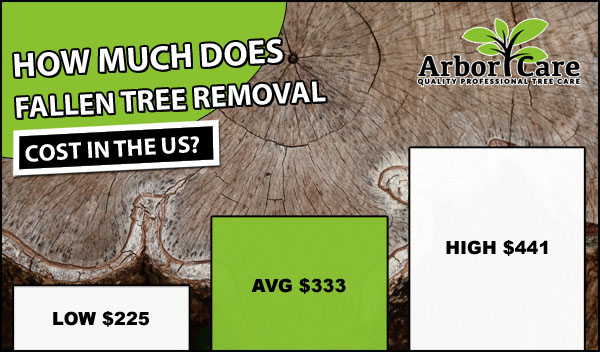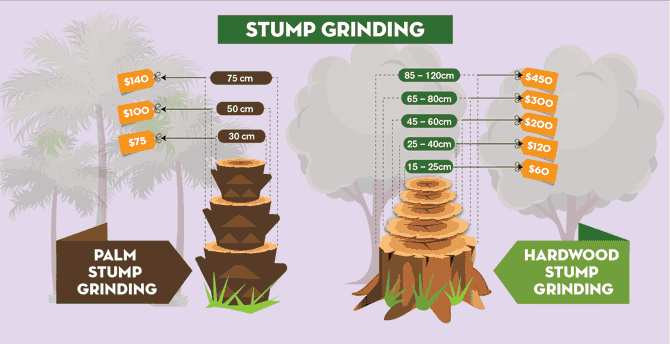Featured
Table of Contents
- – Molalla, OR Arborist Price Transparency
- – Why Are Molalla, OR Tree Cutting Expensive
- – Molalla, OR Tree Cutting Relocation Costs
- – Secure Fair Stump Grinding Quotes In Molalla,...
- – DIY Vs. Professional: Stump Grinding In Molal...
- – What Makes Molalla, OR Stump Removal Expensive
- – Local vs National Tree Service Costs In Molal...
- – Molalla, OR Stump Removal Price Ranges
- – Highly-Rated Stump Removal In Molalla, OR: P...
- – What Should A Tree Trimming Cost In Molalla,...
- – Molalla, OR Arborist Price Guide For Homeown...
- – Reliable Tree Trimming At Fair Prices In Mol...
- – Factors Affecting Tree Cutting Prices In Mol...
- – Molalla, OR Tree Service: Cost Vs. Value
- – Molalla, OR Tree Trimming Price Estimate For...

The subsections below supply more in-depth info about pricing, consisting of an average range for each. TypeAverage Removal CostPineConiferPalmMagnoliaArborvitaeAshCedarSweet GumEucalyptusSycamoreCypressOakMaplePoplar You can anticipate to pay in between to remove a pine, depending upon its size. Eliminating a pine is among the more budget friendly jobs unless it is one that has actually been around for years and is rather large.
Molalla, OR Arborist Price Transparency
Pines also have a tap root that grows deep into the soil, which can show to be more hard to eliminate. The process itself involves an expert cutting the tree, clearing the base, cutting the surface roots, eliminating the stump, and finally treating the soil. Without an expert hand, you risk leaving pine seedlings behind, which will fall from the roots of distressed pines.
Why Are Molalla, OR Tree Cutting Expensive
The U.S. nationwide average for conifer removal is approximately to have the conifer reduced, transported away, and the stump ground or removed entirely. Conifers are typically much easier to eliminate, and despite the fact that they can grow rather high, they do not cost a fortune to remove. Conifers consist of pine, spruce, fir, and juniper trees.
Molalla, OR Tree Cutting Relocation Costs
While conifers are lovely, they eliminate native plants and certain kinds of grass. This is due to the fact that they need a great deal of water and nutrients to survive, so they seep it off surrounding plants. They also have an extensive network of roots, which can impact your home's structure. The typical cost of palm removal depends upon the height as much as the type, varying from.
Secure Fair Stump Grinding Quotes In Molalla, OR
That is why it is essential to understand which type you are removing. While you do not need an herbicide to kill a palm tree, there are some steps your elimination professional will have to take to make sure the task is done correctly. There are two methods they can eliminate them: by slicing them down or digging them up.
DIY Vs. Professional: Stump Grinding In Molalla, OR
From there, they get rid of the actual tree and then the stump. Anticipate to pay between to eliminate this type of tree, depending on the specific size and details of the job.
What Makes Molalla, OR Stump Removal Expensive
There are three types: green, white, and black ash. White ash is understood for its numerous colors. With its gray-tinged bark, its leaves are green or purple in the spring and golden yellow or purplish-red in the fall. They take pleasure in moderate environments and great deals of sun. The green ash is named such due to its green or yellow foliage.
Local vs National Tree Service Costs In Molalla, OR

The bark is softer, and it blooms later on in the year - stump grinding. Due to the variation in height, the elimination price variation is wide from. A coniferous, evergreen tree, the cedar is a hardy types. Real cedars enjoy greater elevations, generally in the Mountain ranges and the Mediterranean. A true cedar can grow as high as 160 feet in height and is typically planted in the United States as a landscape option.
Molalla, OR Stump Removal Price Ranges
The development of incorrect cedars differs from 50 feet up to 230 feet high. With star-shaped leaves and stunning fall colors, the sweet gum is thought about a medium to large tree.
Highly-Rated Stump Removal In Molalla, OR: Pricing
Normally, it costs between to get rid of a eucalyptus. Eucalyptus are not typical everywhere, however they are quite big compared to others, which is why even the smaller sized ones are so costly to eliminate.
What Should A Tree Trimming Cost In Molalla, OR
There are a handful of ways to do this, including burning, pulling, grinding, or killing them with herbicide. Anticipate to pay between to eliminate sycamores, based upon the height, trunk size, and quantity of work involved. Sycamores are among the largest hardwood trees, typically varying from 60 to 100 feet tall and as large as 15 feet.
Molalla, OR Arborist Price Guide For Homeowners
The first 2 actions will expose the insides of the tree and cut off the flow of nutrients up the trunk. From there, a professional applies herbicide to kill the tree and reduce the trunk. They will kill the stump. Otherwise, new sprouts might grow from it. Lowering and eliminating a full-grown cypress could cost as much as.
Reliable Tree Trimming At Fair Prices In Molalla, OR
There are various kinds of Cypress trees, but the most common are the Leyland, Arizona, Bald, and Italian. The Bald Cypress grows in swampy or very moist areas while the others delight in a dry, warm, or hot environment (arborist). They can grow as high as 80 to 100 feet tall
Factors Affecting Tree Cutting Prices In Molalla, OR

Prone to diseases, the Cypress is one of the most treasured woods for furniture. The typical oak grows to around 60 feet, and depending on the intricacy of the removal, it costs an average of to remove. The precise size of your oak and the effort required to fell it impact what you will actually spend for elimination together with any extra services like stump grinding.
Molalla, OR Tree Service: Cost Vs. Value
Access to the trees and the roots will likewise impact the general expense. Maples are normally among the more expensive trees to eliminate because of their size and the work involved in the removal.
Molalla, OR Tree Trimming Price Estimate For Homeowners
Poplars are giants of the species. Growing as high as 90 to 115 feet, these massive woods are mainly found in The United States and Canada and include the aspen, cottonwood, and balsam trees. Boasting an expansive root system, poplars can be pricey to eliminate when fully grown. The procedure to get rid of trees involves all the cutting and cutting of the branches and trunk, bringing it down to a stump.
Table of Contents
- – Molalla, OR Arborist Price Transparency
- – Why Are Molalla, OR Tree Cutting Expensive
- – Molalla, OR Tree Cutting Relocation Costs
- – Secure Fair Stump Grinding Quotes In Molalla,...
- – DIY Vs. Professional: Stump Grinding In Molal...
- – What Makes Molalla, OR Stump Removal Expensive
- – Local vs National Tree Service Costs In Molal...
- – Molalla, OR Stump Removal Price Ranges
- – Highly-Rated Stump Removal In Molalla, OR: P...
- – What Should A Tree Trimming Cost In Molalla,...
- – Molalla, OR Arborist Price Guide For Homeown...
- – Reliable Tree Trimming At Fair Prices In Mol...
- – Factors Affecting Tree Cutting Prices In Mol...
- – Molalla, OR Tree Service: Cost Vs. Value
- – Molalla, OR Tree Trimming Price Estimate For...
Latest Posts
Edinburg, TX Tree Service Cost Factors
Save On On A Stump Removal In Pinckneyville, IL
Vincent, CA Stump Removal vs DIY: Price Comparison
More
Latest Posts
Edinburg, TX Tree Service Cost Factors
Save On On A Stump Removal In Pinckneyville, IL
Vincent, CA Stump Removal vs DIY: Price Comparison